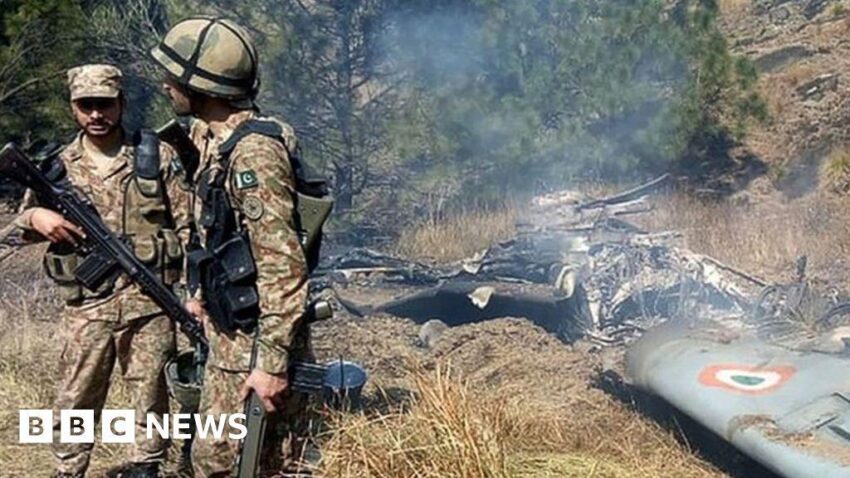India-Pakistan Conflict: Aircraft Loss Confirmed by Officials
In a pivotal development regarding the recent India-Pakistan conflict, India’s Chief of Defense Staff, General Anil Chauhan, acknowledged that India had lost at least one aircraft during the hostilities that erupted earlier this month. This confrontation, which lasted four days, marked the most significant escalation between the two nations since 1999, concluding with a ceasefire on May 10. Tragically, the conflict resulted in over 70 fatalities due to missile, drone, and artillery strikes exchanged by both sides.
The escalation began following an attack on tourists in Indian-administered Kashmir on April 22. This assault marked one of the deadliest incidents against civilians in the region’s tumultuous history, leading New Delhi to accuse Islamabad of backing the Islamist militants responsible. While Pakistan claimed its Chinese-supplied aircraft had downed six Indian jets, General Chauhan refuted this, labeling the assertion as “absolutely incorrect.” Nonetheless, when pressed about India’s own aircraft losses, he implicitly confirmed that some were lost, though he refrained from providing specific details.
Losses and Responses
After the ceasefire, on May 11, Air Marshal A.K. Bharti reassured the public that, “all our pilots are back home,” acknowledging the inevitability of losses in combat situations. Sources close to security matters revealed that three Indian aircraft had gone down on domestic soil, though specifics regarding the aircraft type or the circumstances of their loss were not disclosed. Until General Chauhan’s recent statements, the Indian government had not formally recognized any aircraft losses.
General Chauhan remarked to Bloomberg, “The good part is that we are able to understand the tactical mistake we made, remedy it, rectify it, and then implement it again after two days and fly all our jets, again targeting at long range.” He emphasized that understanding the reasons behind aircraft losses was crucial, suggesting that this knowledge would influence future military strategies.
Causes of Tension
The backdrop to the recent military confrontations is a long-standing and complex relationship between India and Pakistan. The April attack that ignited hostilities is indicative of the persistent volatility in the region, particularly in Kashmir—a territory claimed by both countries. India’s government has reiterated its stance that Pakistan supports the insurgents, which escalates tensions and complicates diplomatic relations.
Pakistan, for its part, has staunchly denied these allegations, arguing that India’s accusations are a pretext for further military action against it. This mutual distrust and cyclical patterns of violence have entrenched both nations in a cycle of conflict that continually threatens to escalate.
Future Implications
The implications of the recent conflict extend beyond immediate military concerns. The acknowledgment of aircraft losses by India’s defense leadership may signal a shift in the operational transparency traditionally maintained during such disputes. As both countries continue to navigate this fraught relationship, remaining vigilant to potential future conflicts will be essential.
Moreover, the underlying issues, including territorial disputes and the role of militant groups, highlight the need for sustained dialogue and conflict resolution efforts. Both nations must work towards mitigating tensions to avoid a repeat of this month’s violence and to foster a more stable regional landscape.







